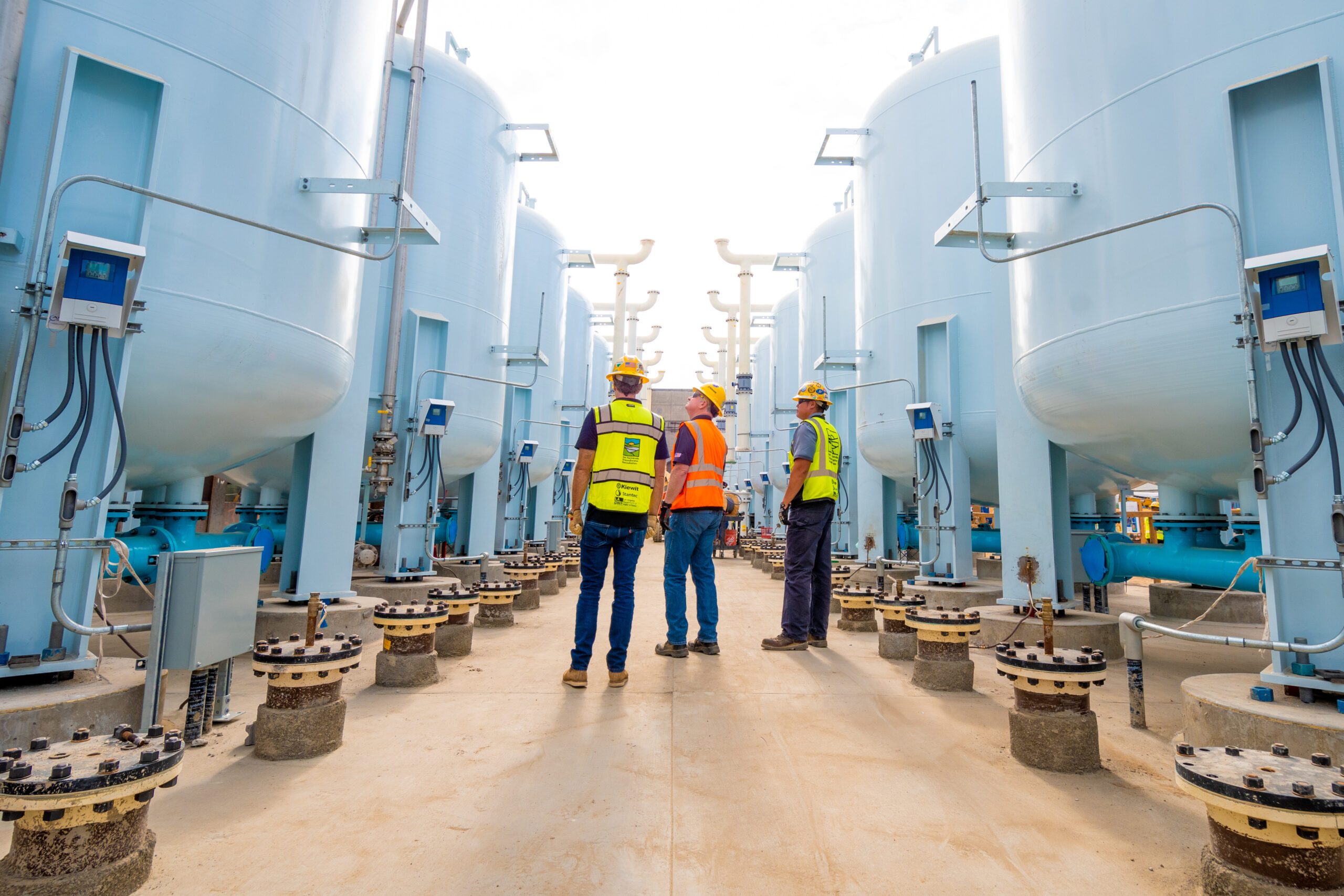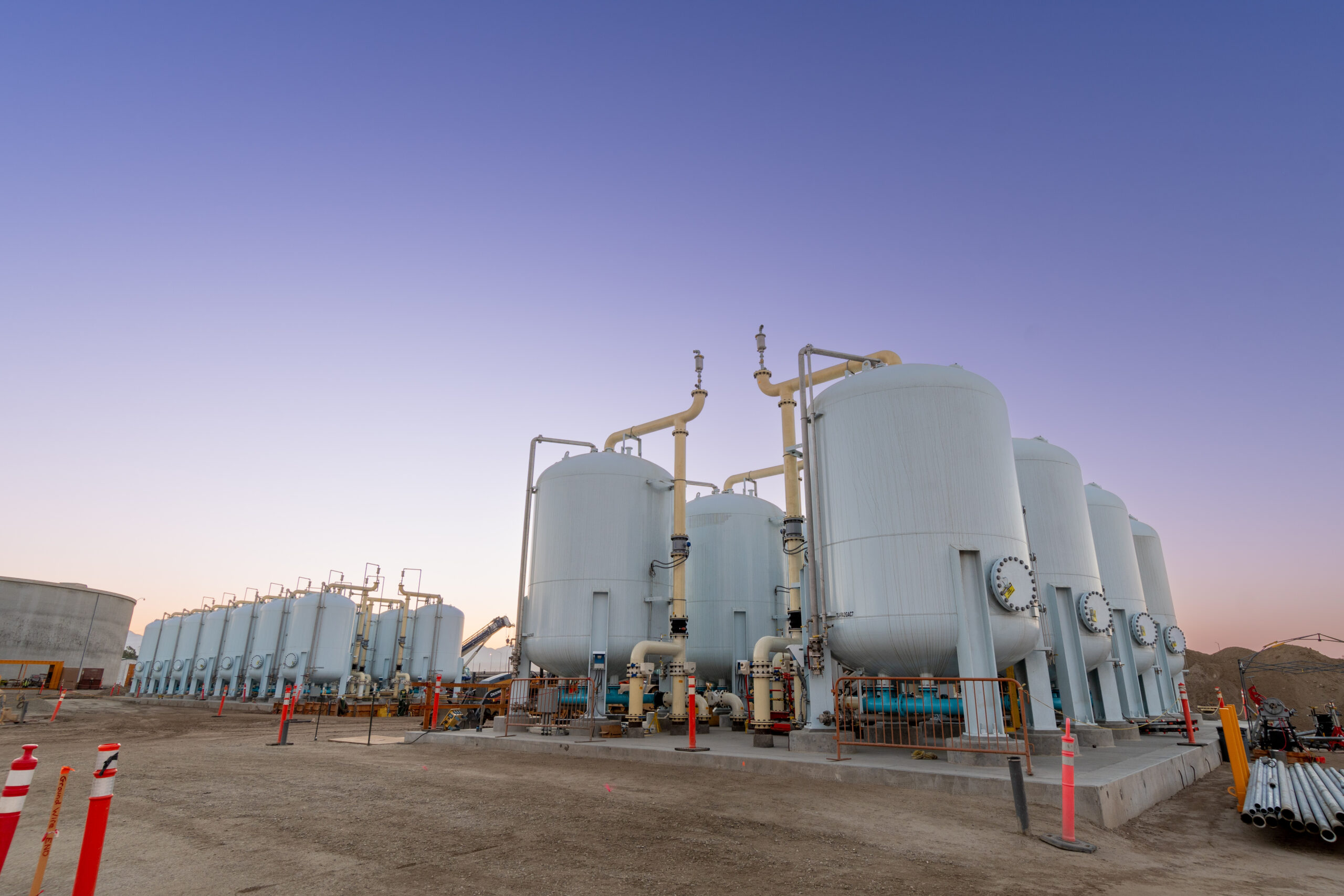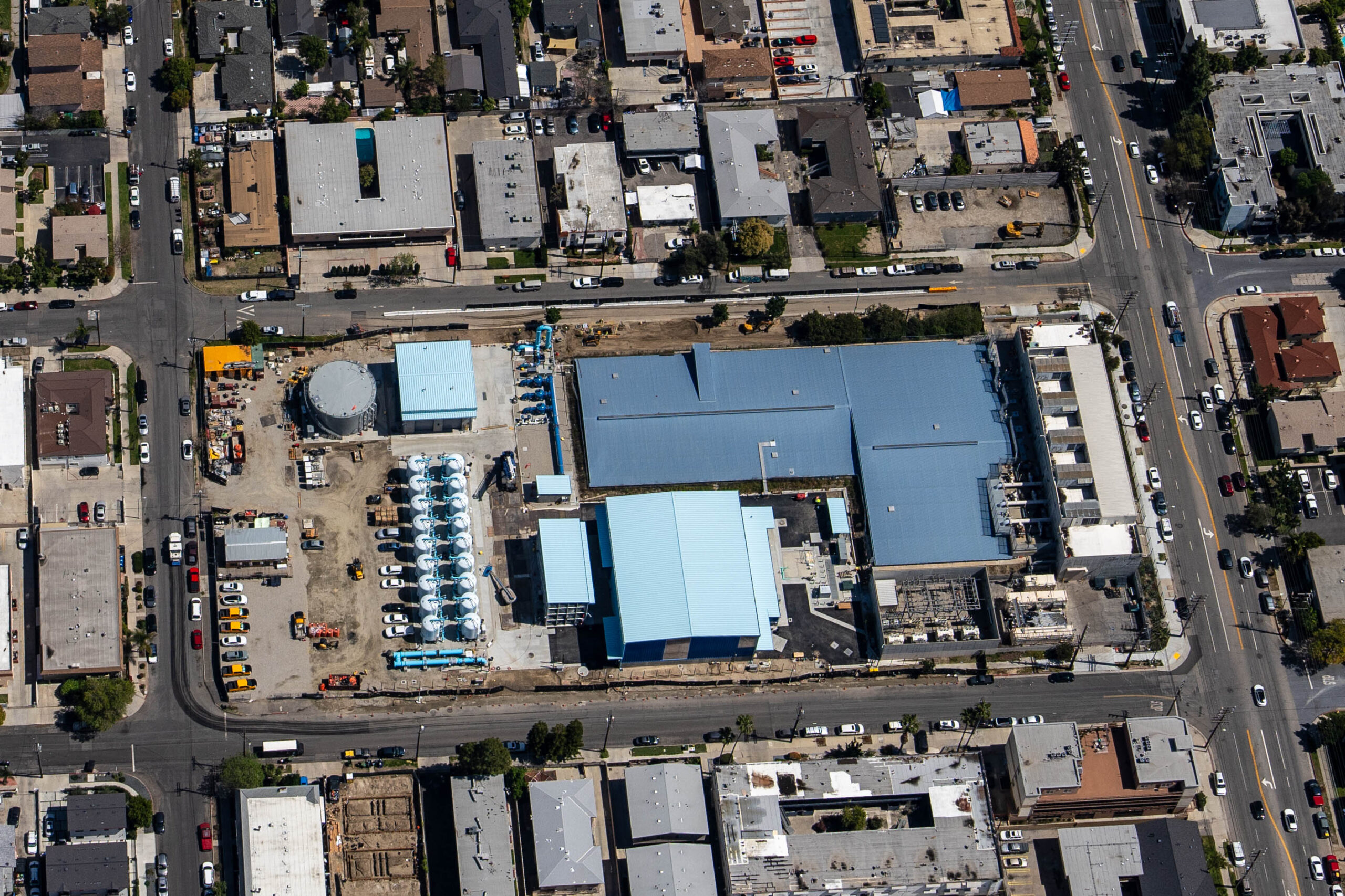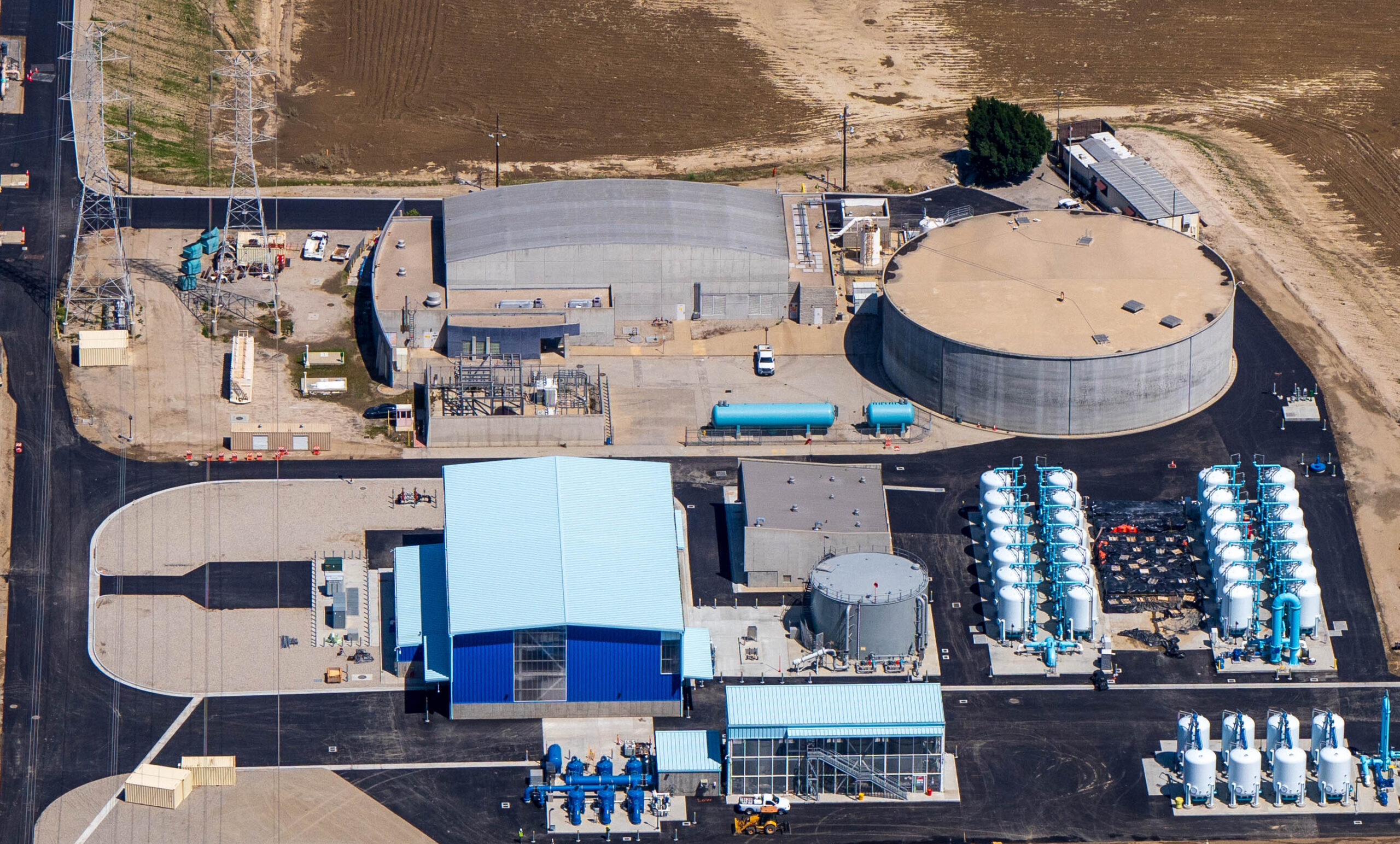San Fernando Groundwater Remediation Projects
Los Angeles, California
The Los Angeles Department of Water and Power (LADWP), the nation’s second largest municipal water utility, sought to reduce reliance on imported water and bolster the local supply from groundwater. Through many years, as the population in Los Angeles grew, the need for imported water increased.
In continuation of their strong history of water resource management, the agency implemented the $600 million San Fernando Valley Groundwater Basin Remediation Program with the goal to transition polluted groundwater in the basin to safe drinking water. The 226-square-mile basin had become one of the largest industrially contaminated groundwater areas in the U.S. due to improper handling, storage and disposal of hazardous chemicals since the 1940s.
The remediation program is comprised of three projects within the basin. The Kiewit team designed and constructed water treatment facilities at two of the sites: North Hollywood Central and Tujunga. Using progressive design-build delivery (PDB), the team built two new state-of-the-art groundwater treatment facilities to extract water from two sets of existing, non-producing wells to treat 50-million-gallons-per-day (mgd) of groundwater at the Tujunga site and 25 mgd in North Hollywood. Kiewit self-performed or managed all construction activities and provided electrical engineering design.
The treatment facilities contain pre-treatment automatic strainers, 10 largest-of-their-kind ultraviolet (UV) advanced oxidation process (AOP) reactors, 54 granular activated carbon (GAC) vessels and post-treatment dosing for chlorination, ammonization and fluoridation.
The projects, with a value of $476 million, were completed on time and within budget. The new facilities enable Los Angeles to reduce its reliance upon imported water by supplying a local source of clean drinking water from the San Fernando Basin. The remediation program supports Mayor Eric Garcetti’s Green New Deal to locally source 70% of the water supply in Los Angeles by 2035.
This project marked LADWP’s first time to use PDB, and the Kiewit team engaged LADWP staff each week in brief, focused task force meetings to facilitate input, decision-making and procurement of long-lead equipment that kept the design moving forward on schedule. This predictable schedule kept coordination streamlined, efficient and effective for LADWP staff. Regular design-build workshops allowed the designer, builder and client to work through discipline-specific concepts. Additionally, the project team developed several alternative technical concepts that provided approximately $36 million in cost savings.



